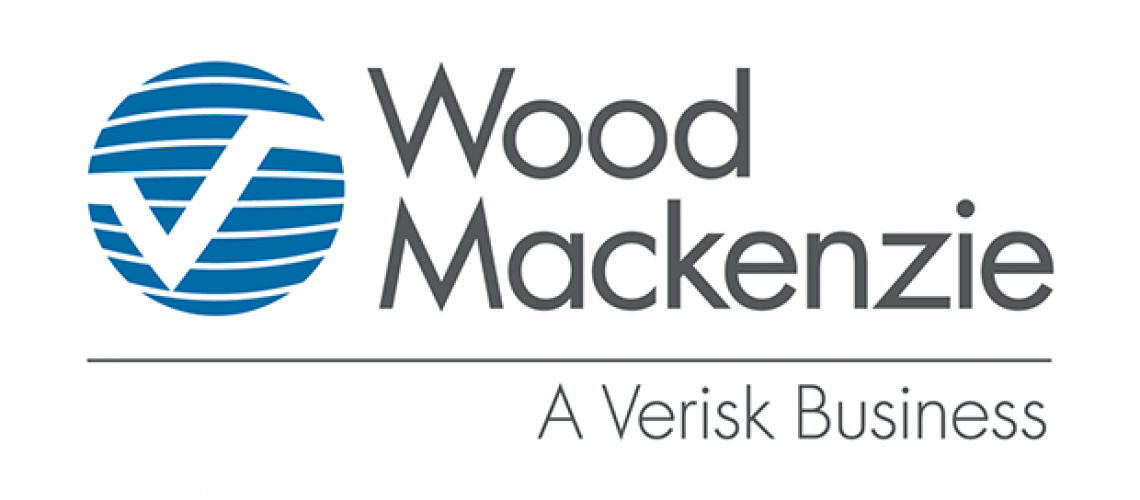Diverse and inclusive teams tend to be more creative, more innovative and even more profitable. Can the mining industry improve its poor diversity record to future-proof its workforce? Wood Mackenzie's Global Head of Metals and Mining Research, Linda Doku, shares her thoughts.
"In an era where innovation is highly prized, environments that foster diversity will come up trumps."
The mining industry has a gender diversity problem
Despite the focus on diversity and inclusion in the last two decades, women continue to be vastly under-represented at all levels.
According to Bloomberg, the proportion of women employed by mining companies sits at around 15.7%, up only 1% in the past five years – and the numbers are worse at management level. Just one in 20 global firms is headed by a woman.
Mining is lagging behind in its progress on gender equality. 2018 numbers show the industry has the second-largest median gender pay gap in the UK at 24.9%. Construction comes first at 27%.
The benefits of diversity are widely acknowledged. So why has the mining sector been slow to change? And what can we do to address the gender imbalance?
Diversity policies have new importance in the age of innovation
The mining industry is changing rapidly. As commodity prices fluctuate, companies are embracing data, analytics and connectivity to help them compete. In this new era, organisational agility and fast-paced innovation are strategic imperatives.
And this makes diversity even more important.
Companies that promote inclusivity and foster cognitive diversity have been proven to outperform their peers and tend to be more creative, innovative and productive.
"Focusing on the human element in an increasingly virtual world is vital for future success."
Why have some diversity policies been ineffective in creating change?
- Gender policies are steered off-course by organisational ‘blind spots’.
- Common pitfalls include overly ambitious targets to achieve unprecedented gender equality goals in record time or policies with criteria that are either too complex or too rigid.
- There's a risk of leaving individuals feeling undervalued, less worthy and often excluded.
- The solution lies in first identifying and then addressing these ‘blind spots’. Ineffective policies need to be redesigned to serve their primary purpose: to nurture cognitive diversity so that businesses can be more agile, profitable and sustainable.
Read more here





